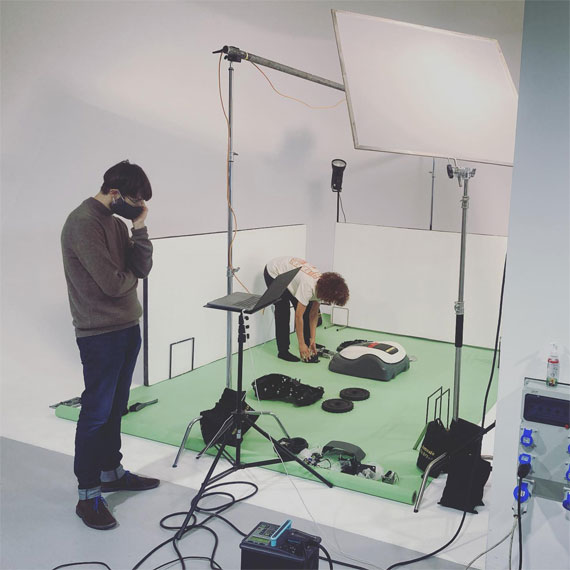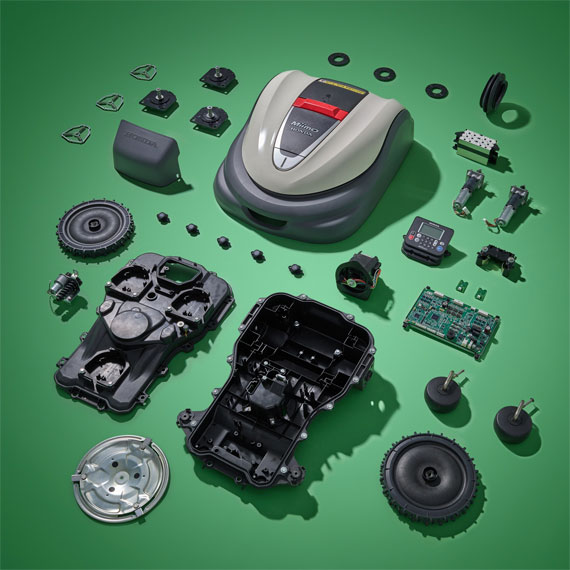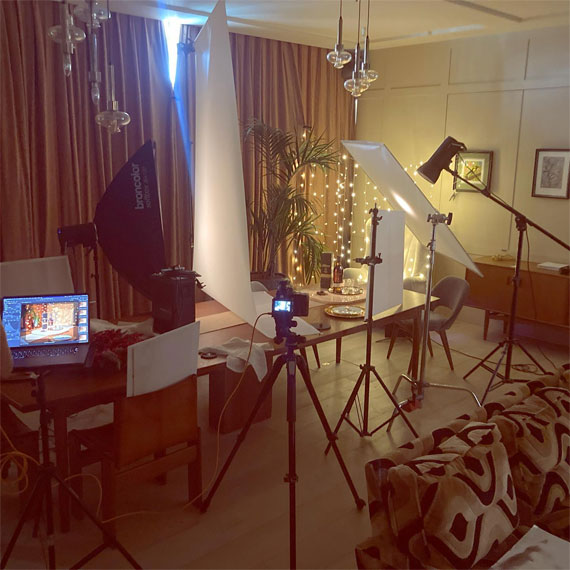Have you ever looked at a product photo and thought, “I could take better photos than that?”
Hi, I’m Chris Howlett – still life photographer from London UK. In this blog post, we’re going to show you how to take great product photos, using a few simple tips and tricks. So whether you’re a beginner photographer or an experienced pro, read on for some helpful advice!

As a photographer, you know that taking product photos is a skill that’s essential for online businesses. But what are the best techniques to use for gorgeous, high-quality product images? In this blog post, we’ll discuss some tips and tricks for taking great product photos – so keep reading!
1. Use a tripod or camera stand
One of the best ways to ensure sharp, well-exposed photos is to use a tripod. This will help keep your camera steady and avoid any blurriness. If you don’t have a tripod, try setting your camera on a level surface like a table or shelf. If you have a camera stand then it also makes taking pictures from overhead much easier.
2. Control the light
You can use natural light or if using artificial light such as flash then control the light to look natural and mimic daylight. Avoid multiple harsh shadows or artificial-looking lighting, shadows can add dynamism and can be filled in with a reflector or another light source, just don’t have lots of different shadows in different directions. If you’re taking photos indoors, set up near a window where there’s plenty of daylight. Just be mindful of the time of day and potential change of weather.
3. Teather to a computer
Tethering your camera to a computer can be really helpful, not only does it mean you can see the photo on a larger screen as you’re taking it but you can also keep the photo file stored safely on your computer. This is great if you’re shooting with the client or working with a model where you need to show the images as you shoot them. It also allows you to check the image for focus and exposure, I use Capture One but Lightroom is a good and popular alternative.
4. Pay attention to the details
The position of the product is important but you also need to consider if there is any glare or reflections on the surface. This is most prevalent when shooting reflective products just remember the product will reflect what’s around it so take steps to reduce this. When photographing a product, make sure it’s clean with no fingerprints and consider how the label looks. If you’re shooting in a studio, pay attention to the background and make sure it’s clean and free of clutter. The focus should be on the product, both figuratively and literally
5. Try a different approach
Experiment with different angles and compositions to find what works best for your product. You don’t always have to shoot your product from a traditional angle. Get creative and experiment with different compositions to see what works best. Sometimes shooting from an unconventional angle can make your product stand out.
6. Use props to add interest and style to your photos.
Props can be a great way to add interest and style to your product photos. Consider what props will work with the narrative and have them ready before the shoot. Be mindful not to use too many props or your photos will start to look cluttered. A few well-chosen props can make your product photos pop.
7. Edit your photos for the best results.
Both in terms of how many shots you take and the post-production. You don’t always need to take lots of photos and sometimes slowing down and considering tweaking the composition instead of changing it can be more successful.
I’m also a strong believer in getting it right “in camera.” This means you get it as close as you can without post-production and then using your retouching skills to enhance the shots and not rescue. Editing your photos will help you achieve the perfect balance between that advertising look whilst remaining sympathetic to the subject or product.
Now that you understand the basics of how to take great product photos, it’s time to put your skills into practice. Experiment with different angles, lighting, and props to find what works best for your products.
For more information, check out my HowlettPhoto website for more examples of beautiful product photography. And as always, feel free to reach out if you have any questions or need help getting started. Thanks for reading.
Like This Article?
Don't Miss The Next One!
Join over 100,000 photographers of all experience levels who receive our free photography tips and articles to stay current:








